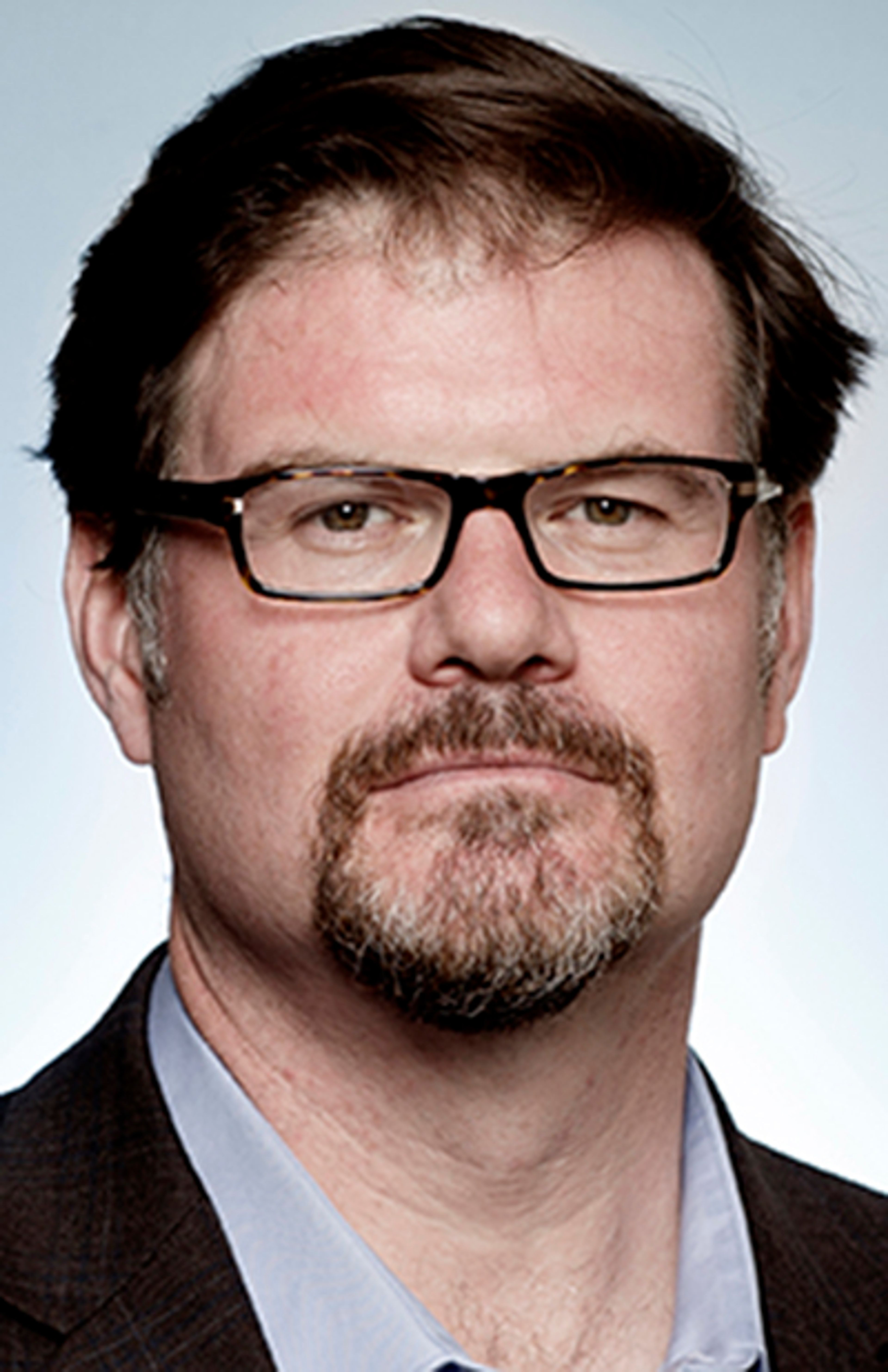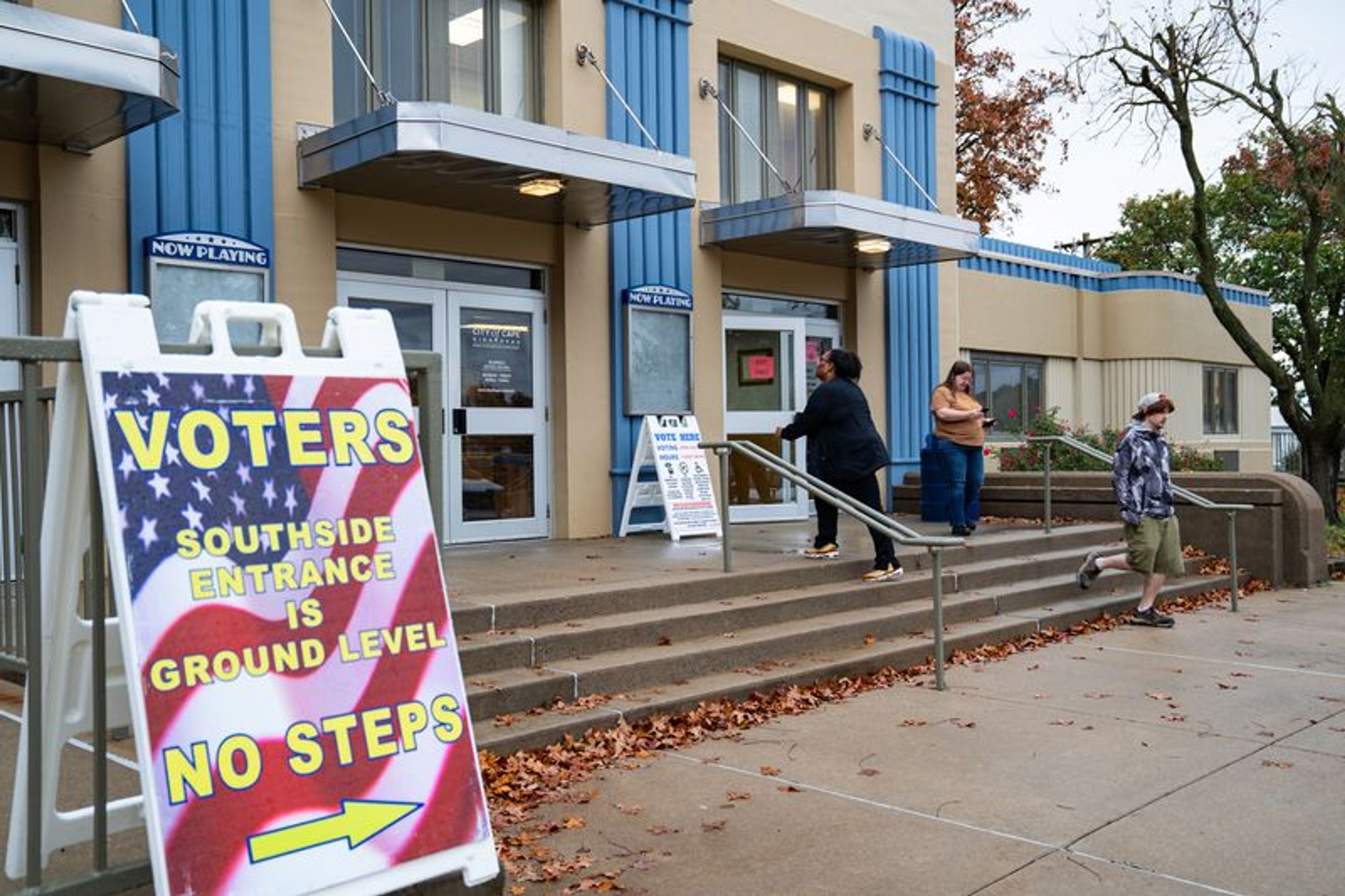TRY A HIGHWAY PLAN THE STATE CAN AFFORD
A report issued last month by the Missouri Office of Administration made an earnest effort to explain the confusion over funding for both the 1992 15-year highway plan -- which has since been abandoned -- and the proposed Total Transportation Commission's 20-year plan...
A report issued last month by the Missouri Office of Administration made an earnest effort to explain the confusion over funding for both the 1992 15-year highway plan -- which has since been abandoned -- and the proposed Total Transportation Commission's 20-year plan.
According to the report, the 15-year plan is already $1.4 billion behind in funding. And, the report estimates, the plan would have been a full $14 billion short by the end of the 15 years. This estimate is based in large part on factoring in 4.5 percent for inflation and project growth, which was purposely left out of the original plan. One explanation for leaving out inflation and growth has been that highway officials at the time thought they could control skyrocketing costs through better management and planning.
The TTC plan also is expected to cost $14 billion, but keep in mind that the state already has done considerable work since the 15-year plan was adopted five years ago. This work includes 119 miles of added lanes, 358 miles of four-lane highway, 108 miles of new two-lane highway, seven major bridge, 272 minor bridges, 2,012 miles of major resurfacing and 7,373 miles of minor resurfacing.
However, there isn't enough funding from revenue sources earmarked for highways for the TTC plan either. In addition, the new plan includes costly projects for mass transit, airports and riverways that go well beyond highways and bridges. To pay for all of this, the commission that created the new plan has recommended a one-cent state sales tax. It is estimated that it would take 20 years to complete all the projects in the new plan.
The major difficulty with both the old 15-year plan and the new 20-year plan is that they look too far into the future, both in terms of what transportation projects will be needed and how much they are likely to cost. No one knows what impact inflation will have even five years from now, much less 15 or 20 years from now. And the impact of project growth can skew cost projections faster than anything else.
Examples of project growth abound, even right here at home. The new bridge under construction over the Mississippi River has seen project growth for several reasons. One was the decision to add decorative lighting at a cost of nearly half a million dollars. While the Chamber of Commerce has pledged to raise that money, the bridge project cost went up by that amount. Another example is the new I-55 interchange that will connect the interstate to the new bridge by way of the newly constructed portion of Highway 74. Originally, the interchange served only to move traffic off and on the interstate from the bridge route. But as commercial development escalated on the west side of the interstate, it became apparent that the new interchange needed to tie into new streets. The interchange project cost went up.
What is lacking right now in highway planning is some common sense regarding availability of funds and how far out to predict what the key road needs will be. So far, no thought has been given to developing a plan that would stay within the projected funding that will be available to the state through existing sources of revenue -- primarily taxes on fuel.
Shorter-term plans and keeping costs within conservative estimates of revenue from existing sources seems like a good first step rather than creating a dream plan that everyone knows would require massive increases in funding from new sources -- and could very well exceed the $14 billion price tag.
Perhaps the Legislature, which has been most reluctant to rush into a new transportation scheme, can apply the brakes before Missouri's highways run into dead-end barricades.
Connect with the Southeast Missourian Newsroom:
For corrections to this story or other insights for the editor, click here. To submit a letter to the editor, click here. To learn about the Southeast Missourian’s AI Policy, click here.








